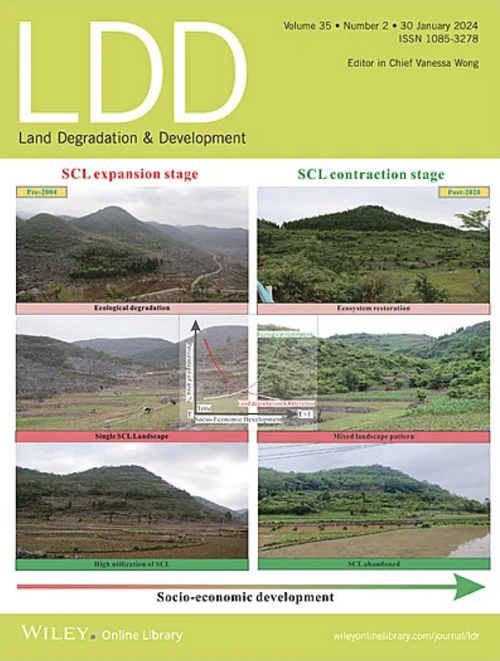The Individual and Combined Effects of Microplastics and Antibiotics on Soil Microbial Metabolic Limitation and Carbon Use Efficiency
Abstract
Microplastics and antibiotics are emerging pollutants that accumulate extensively in soils, both exerting adverse effects on soil ecosystems. The mechanisms underlying the combined effects of microplastics and antibiotics on soil microbial metabolism remain insufficiently understood. Therefore, we evaluated the individual and combined effects of different types of microplastics (non-degradable polyethylene and biodegradable polylactic acid) and an antibiotic (oxytetracycline) on soil microbial metabolism characteristics. Our results showed that the microbial community was primarily limited by nitrogen under either microplastics or antibiotics treatments; whereas it was limited by phosphorus under the combined treatments. All treatments, except for the non-biodegradable microplastic treatment, significantly alleviated carbon limitation in the microbial community (p < 0.01), with the effect being particularly pronounced under combined treatments involving both types of microplastics and antibiotics. Notably, both individual and combined treatments significantly increased the microbial carbon use efficiency (p < 0.05). The effects of microplastics on microbial metabolism were influenced by both the type of microplastics and their interaction with antibiotics, highlighting the complex nature of these combined environmental pollutants. This study provided an empirical basis for understanding the individual exposure and co-exposure to biodegradable/non-biodegradable microplastics and antibiotics on soil microbial metabolism.

 求助内容:
求助内容: 应助结果提醒方式:
应助结果提醒方式:


